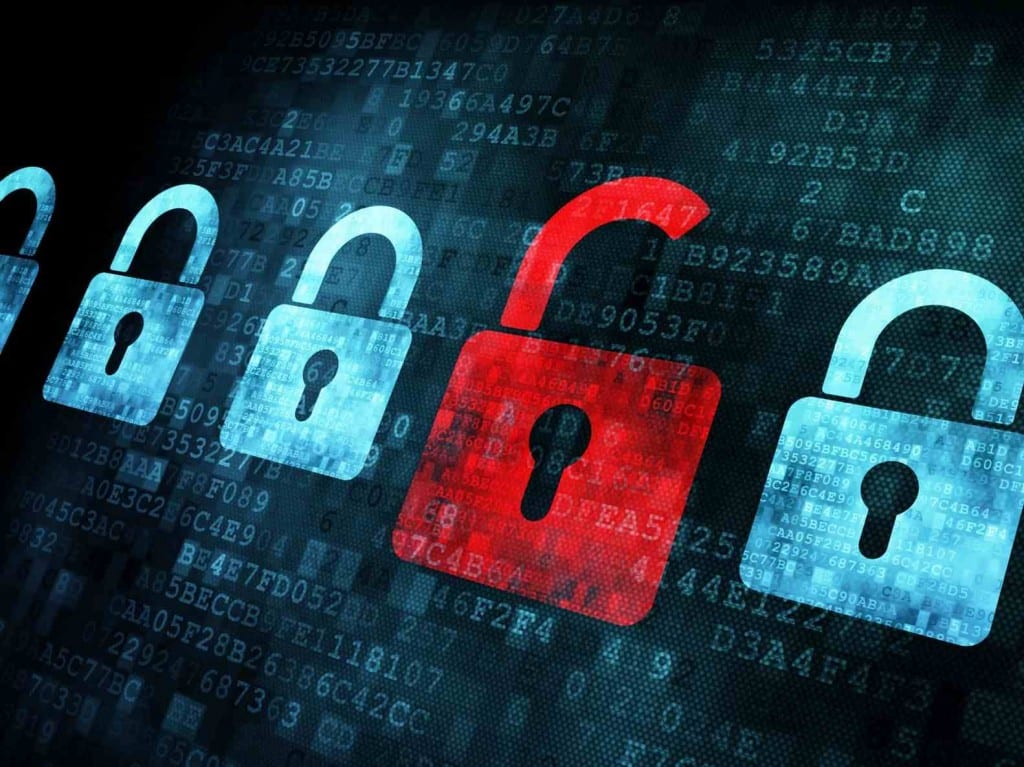

As geopolitical tensions escalate and regulatory frameworks evolve, the cybersecurity realm is undergoing significant transformation. Businesses today face heightened challenges from the rapid progression of generative AI (GenAI) and the increasingly sophisticated tactics employed by cybercriminals, including deepfake technology.
A recent report from Forrester, titled The Top Cybersecurity Threats in 2025, identifies five critical threats that organizations must prioritize in order to safeguard their operations. The report delivers insights and actionable recommendations for Chief Information Security Officers (CISOs) and technology leaders aiming to protect their organizations.
Approximately 25% of enterprise risk management leaders rank regulatory changes as their top concern. The current compliance landscape showcases a whirlwind of global regulatory disruptions, making it imperative for organizations to focus on enforceable regulations, such as the EU AI Act and the Digital Operations Resilience Act (DORA). Forrester recommends prioritizing compliance change management to navigate this complex terrain effectively.
Deepfake technology poses an increasing threat to authentication, trust, and brand integrity. The accessibility of high-quality deepfake creation tools makes it essential for companies to invest in educating end-users and implementing robust authentication measures. Forrester predicts that biometrics vendors will allocate a significant portion of their R&D budgets to enhancing deepfake detection capabilities this year.
The unchecked enthusiasm surrounding generative AI deployments can introduce new vulnerabilities. It is vital for organizations to develop comprehensive AI security strategies that encompass discovery, policy enforcement, and real-time monitoring capabilities to mitigate risks associated with these technologies.
With companies grappling with global job cuts and economic pressures, the risk of insider threats is on the rise. Discontented employees may pose serious security risks, leading to potential data breaches. CISOs are encouraged to implement strong insider risk management programs combined with initiatives that foster a positive workplace culture.
Forrester highlights a worrying trend where data breaches are now increasingly linked to sophisticated extortion attempts utilizing generative AI for sentiment analysis. To combat these emerging threats, businesses must adopt a holistic Zero Trust framework, incorporating phishing-resistant multifactor authentication, data loss prevention tools, and ongoing employee training.
“Our findings illuminate the most pressing threats confronting security teams this year, alongside strategies for mitigation, such as strong authentication measures and a comprehensive risk management approach,” said Allie Mellen, principal analyst at Forrester.
In her insights, Jinan Budge, VP and Research Director at Forrester, noted that the Asia-Pacific (APAC) region faces unique cybersecurity challenges shaped by various factors, including cultural norms and regulatory environments. She highlighted that regulations like Australia’s Security of Critical Infrastructure (SOCI) are increasingly critical for safeguarding digital frameworks amid rising geopolitical issues.
With the proliferation of high-quality deepfakes, Budge emphasized the importance of robust authentication methods and improved detection algorithms. The growing link between economic shifts, workforce instability, and insider threats necessitates strong insider risk management programs and privacy-respecting training.
As organizations navigate these emerging cybersecurity threats, the implications for the retail sector are profound. Companies that prioritize robust cybersecurity measures and adapt to consumer trends will not only safeguard their operations but also enhance consumer trust and loyalty in an increasingly digital marketplace.
1. What are the top cybersecurity threats identified by Forrester for 2025? Forrester identifies global regulatory disruptions, deepfake technology, unchecked AI deployments, rising insider risks, and GenAI-driven extortion as the critical cybersecurity threats organizations should focus on.
2. How can organizations combat the threat of deepfakes? Organizations can mitigate deepfake threats by investing in user education, implementing strong authentication protocols, and enhancing their deepfake detection processes.
3. Why is insider risk management crucial in today’s economic climate? With rising job cuts and financial stress among employees, organizations may face increased insider threats. Effective insider risk management can help mitigate these security vulnerabilities while fostering a positive workplace environment.